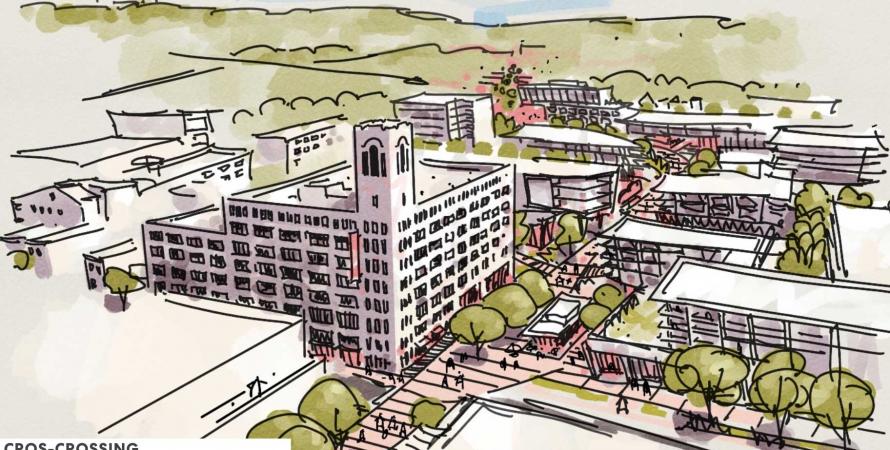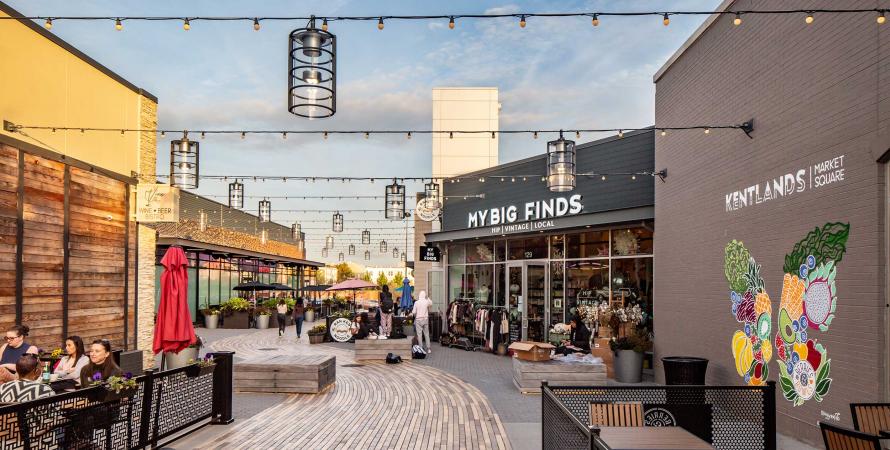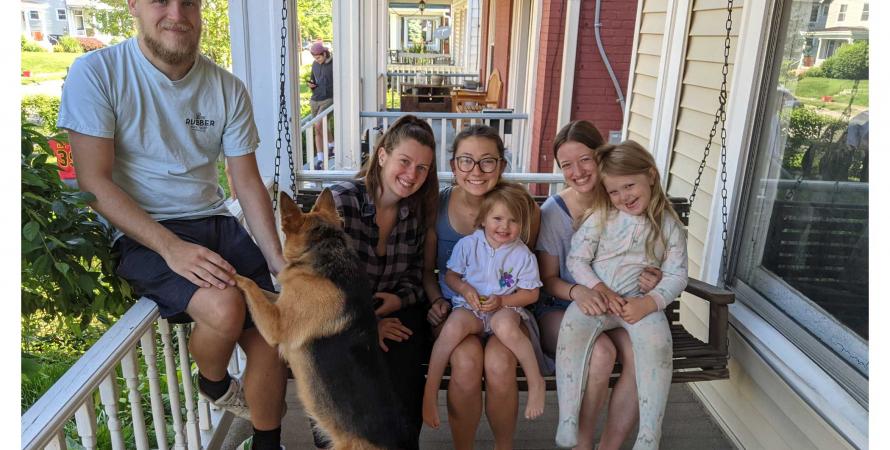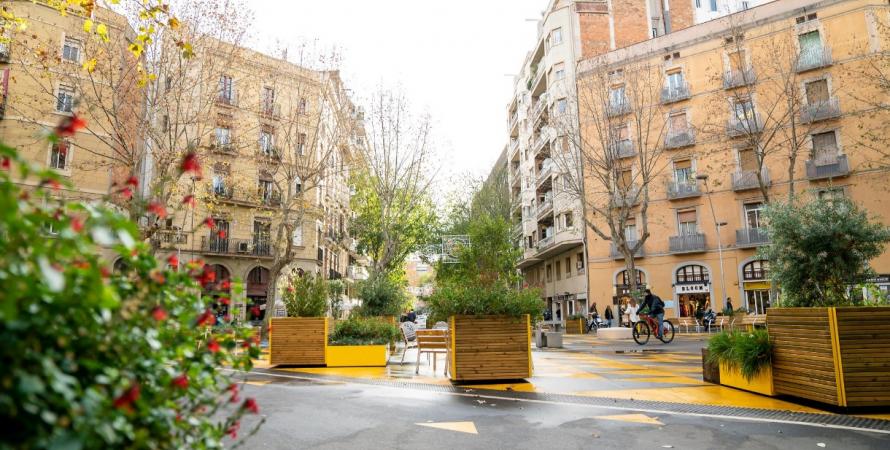-

Artistic, industrial neighborhood plans to stay quirky as it grows
The Cincinnati neighborhood of Camp Washington has a remarkable capacity for economic development, but the challenge is to manage growth without losing the unique mix of buildings, uses, and people.Camp Washington was decimated by population loss over the last 50 years. Now, the Cincinnati neighborhood has remarkable economic development potential. The community’s industry and proximity to the University of Cincinnati and downtown make it an ideal future research and development hub. A recent...Read more -

Kentlands gets a downtown makeover
Design changes to the center of Kentlands, the influential traditional neighborhood development, show the potential for urbanism to improve as it ages.The test of urbanism is whether it can evolve and change over time, becoming more interesting with each iteration. Many early New Urbanism projects are beginning to molt and transform as buildings age. Kentlands in Gaithersburg, Maryland, was designed in 1988 by DPZ and expanded in 1996 when a town...Read more -

Project aims to connect a city
CNU’s Legacy Project in Norwood, Ohio, examines strategies for connecting neighbors, neighborhoods, and the city as a whole to the larger region.Norwood is a small city of neighborhoods. An enclave surrounded by Cincinnati, Norwood has a “porch culture.” Residents hang out on their porches and greet their neighbors. However, traveling from porch to porch may be challenging, as the historically working-class city has four wards. Each ward is...Read more -

Are superblocks the future of urban living?
Meet the urban design theory rethinking life in the city.The recent referendum in Paris, which approved tripling parking fees for SUVs entering the city, is the latest in a string of actions across the European continent aimed at ushering in a new era of post-car urban living. But as automobiles increasingly leave the historic streets of cities like...Read more